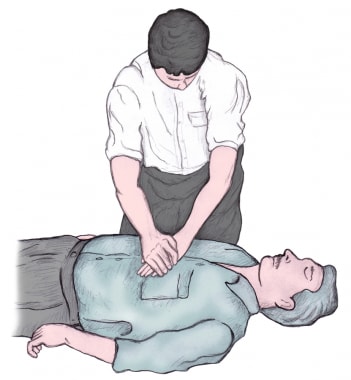Ancient Chinese Calendar and 24 Seasonal Division Points
ANCIENT CHINESE CALENDAR
'Calendar' was the core of ancient astronomy of China and the rudiments of the Chinese calendar was in the Xia Dynasty. The establishment of 'Taichu Calendar' during the reign of Emperor Wudi of Han marked the emergence of the first complete calendar of China. In 1280, the 'Shoushi Calendar' which was made by Guo Shoujing of Yuan Dynasty showcased the summit of the development of the traditional Chinese calendar and was spread and used for more than 360 years. In the 'Shoushi Calendar', a tropical year is 365.2425 days long, which is same as the Gregorian Calendar commonly used in today's world, with only a 26 second error compared with the real time the earth takes to revolve around the sun.
Traditional Chinese calendar is directly related to agricultural production, hence is also known as 'Nong Li'. 'Nong Li' is a literally agricultural calendar which is commonly known as a lunar calendar. It is regulated that a non-leap year contains 12 months with a larger month consisting of 30 days and a smaller one of 29 day. The whole year has 364 or 365 days (the order of the larger and smaller months changes each year). Because each year is about 11 days shorter than a tropical year, 7 leap months are established every 19 years. The added months are called a 'leap month' and the year which contains a leap month is known as a 'leap year'. A leap year has 13 months, totaling 383 or 384 days. This traditional calendar of China is still in use today. Some traditional festivals including the Spring Festival, Dragon Boat Festival and the Mid-autumn Festival are calculated and determined by the traditional Chinese Lunar Calendar.

24 SEASONAL DIVISION POINTS
For the convenient arrangement of agricultural production, ancient Chinese had also created 24 seasonal division points. The 24 seasonal division points indicate 24 different positions of the earth as it revolves around the sun in its annual motion, and is able to satisfactorily indicate the change of seasons and climate. So, the 24 seasonal division points have not only an astronomic significance but play an important role in guiding agricultural production as well.
As early as in the Warring States period, a complete system of 24 seasonal division points had been formed. Starting with Winter Solstice, one seasonal division divisional point will lasts for about 15 days.
24 seasonal division points are listed as below:-
- Beginning of Spring
- Rain Water
- Waking of Insects
- Vernal Equinox
- Pure Brightness
- Grain Rain
- Beginning of Summer
- Grain Budding
- Grain in Ear
- Summer Solstice
- Sight Heat
- Great Heat
- Beginning of Autumn
- Limit of Heat
- White Dew
- Autumnal Equinox
- Cold Dew
- Frost's Descent
- Beginning of Winter
- Slight Snow
- Great Snow
- Winter Solstice
- Slight Cold
- Great Cold
24 seasonal division indicate the changes of climate, agricultural activities and natural phenomena in the drainage of the Yellow River throughout the year.
For instance, the Waking of Insects indicates that the snakes and insects have awakened from their dormancy while Grain in Ear indicates that seeds are germinating.
Besides, different seasonal division points are observed by different customs in China. For example, Chinese will celebrate Qing Ming Festival on the day of Pure Brightness.

No comments:
Post a Comment